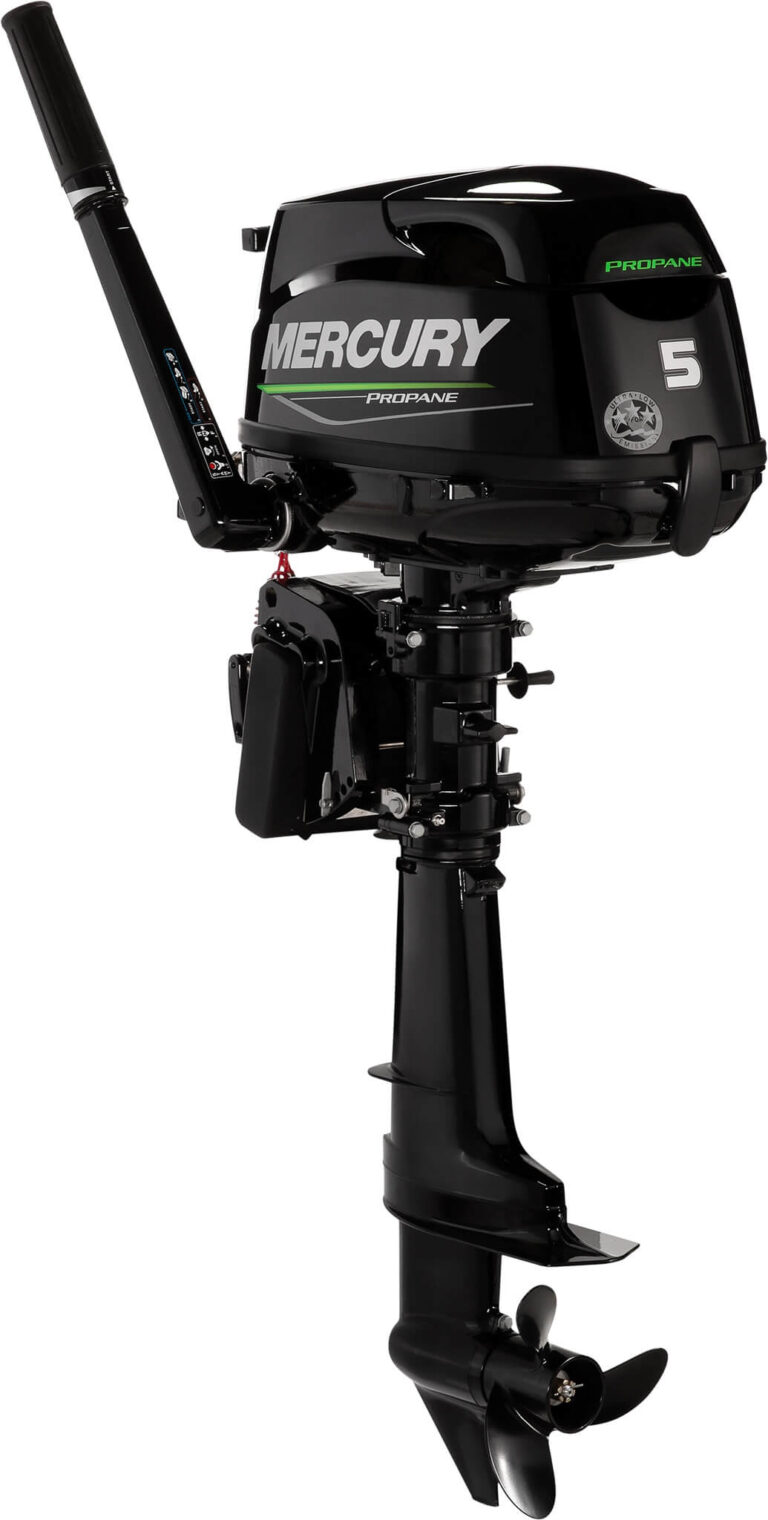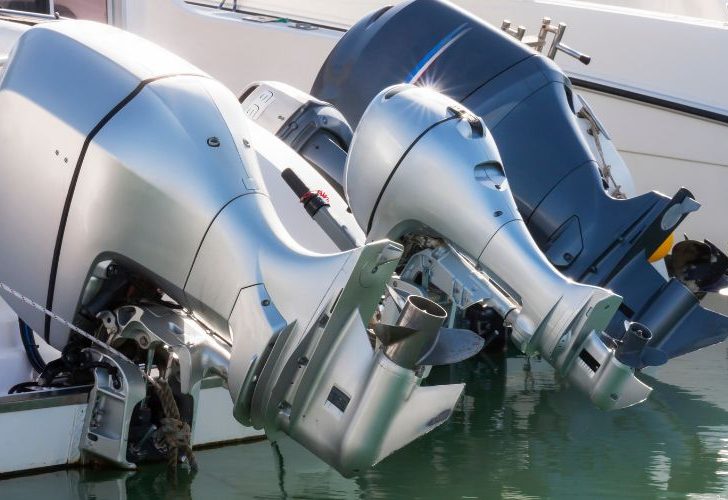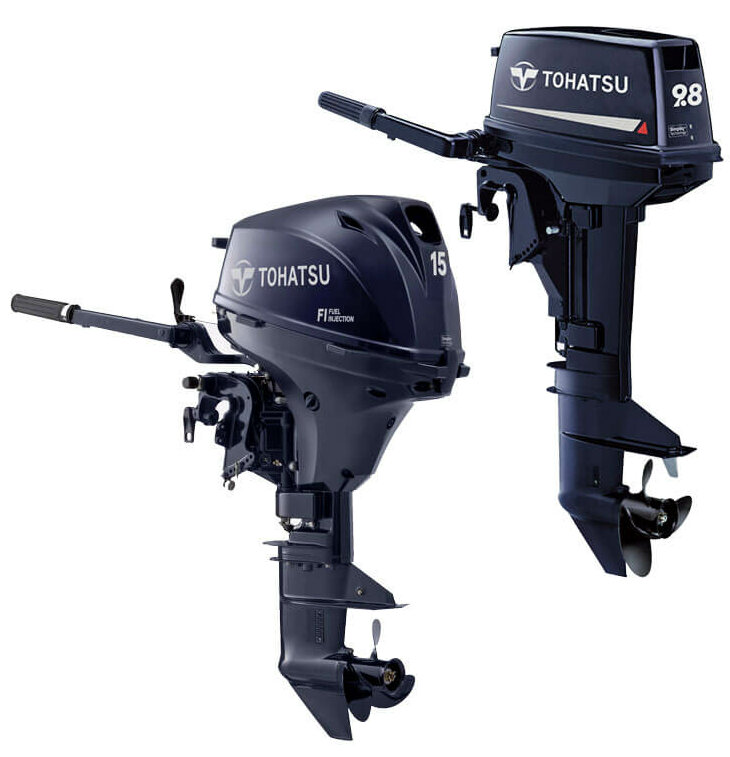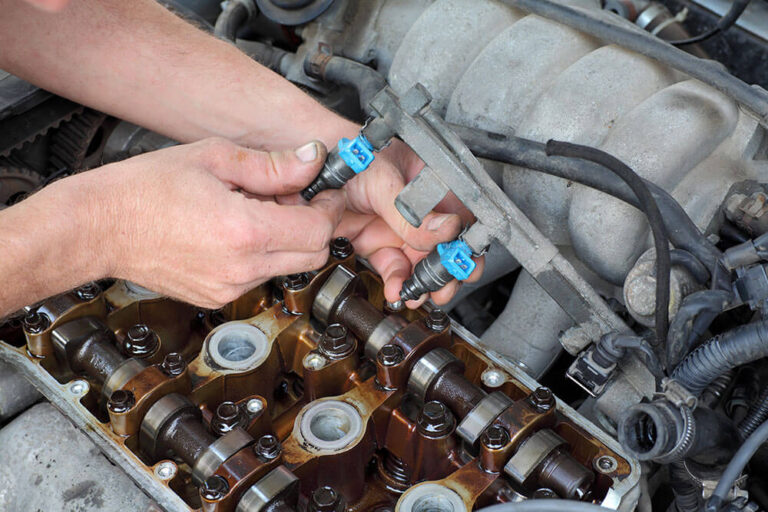2 Stroke Outboard Compression Psi: What the Numbers Tell You
The compression psi of a 2-stroke outboard engine can vary depending on the specific model and condition of the engine. However, a healthy compression reading for a 2-stroke outboard engine is typically around 90-110 psi.
A low compression reading may indicate worn piston rings or cylinder walls, while a high compression reading may indicate carbon buildup or a restricted exhaust system. When it comes to testing the compression of a 2-stroke outboard engine, it is important to use a compression gauge specifically designed for outboard engines.
By conducting a compression test, you can gain valuable insights into the overall health and performance of your engine. This test involves removing the spark plugs, screwing in the compression gauge, and pulling the starter cord to measure the compression psi. A compression psi outside of the recommended range may warrant further inspection or maintenance to ensure optimal engine performance.
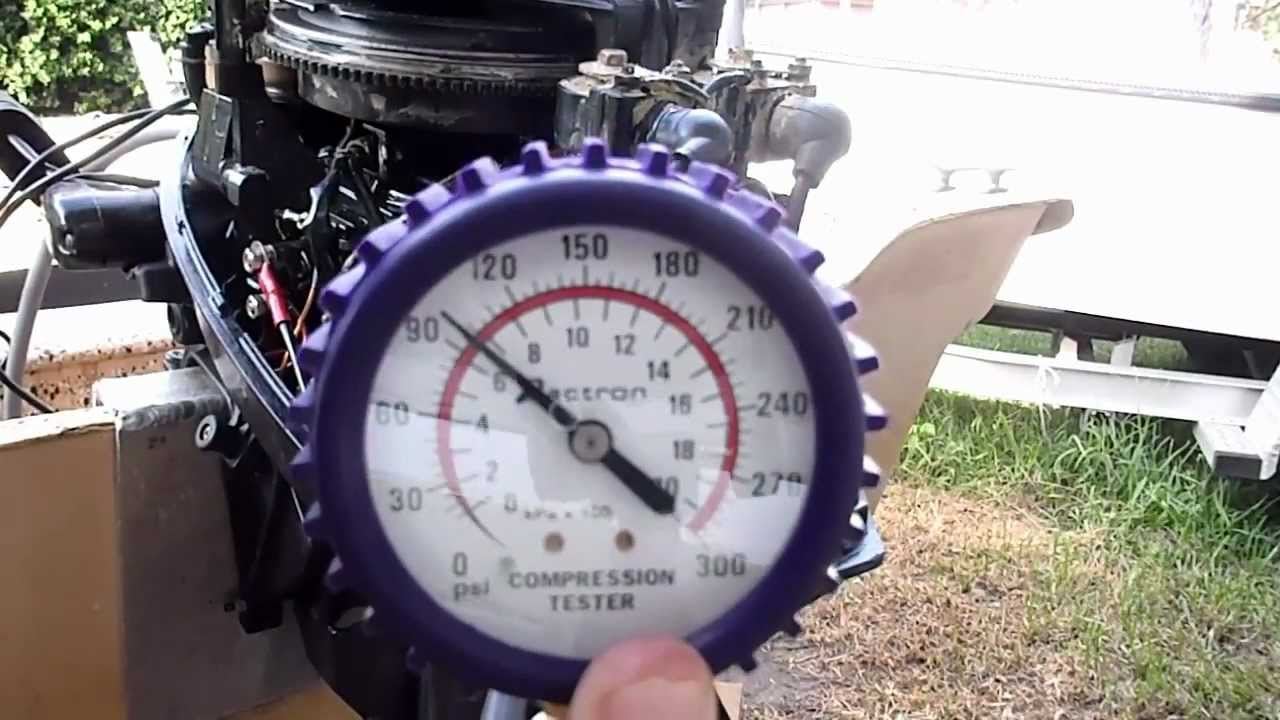
Credit: blog.lenscove.com
Understanding Outboard Compression Testing
Compression testing is an important procedure in maintaining and diagnosing the health of outboard engines. It helps in determining the condition of the piston rings, cylinder walls, and valves. By measuring the compression psi (pounds per square inch), you can identify any potential issues with the engine’s performance and make informed decisions about repairs or maintenance.
The compression test involves removing the spark plugs and using a compression gauge to measure the compression psi in each cylinder. The results are then compared to the manufacturer’s specifications to determine if the compression is within the acceptable range. Low compression can indicate worn out piston rings, cylinder wall damage, or valve problems, while high compression can suggest carbon buildup or other issues.
Compression plays a crucial role in the operation of outboard engines. It ensures the proper sealing of the combustion chamber, allowing for efficient combustion and optimum power output. Without sufficient compression, the engine may experience reduced performance, hard starting, or even engine failure.
Regular compression testing is recommended to catch any potential problems early and prevent further damage to the engine. It is a simple and cost-effective way to ensure the longevity and reliability of your outboard motor.
Interpreting Outboard Compression Psi Readings
When it comes to interpreting outboard compression psi readings, understanding what the numbers mean is crucial. The compression psi readings indicate the level of pressure exerted by the combustion process in the cylinder. The ideal compression range for 2 stroke outboards is usually between 90 to 110 psi. Lower compression readings may suggest issues such as worn piston rings, damaged valves, or a leaking head gasket, while higher compression readings may indicate carbon buildup or the need for a fuel mixture adjustment.
Common issues indicated by compression psi readings include poor engine performance, difficulty starting the engine, excessive smoke, and loss of power. It is important to note that the compression readings should be consistent across all cylinders for the outboard motor to function properly.
In conclusion, analyzing compression psi readings can provide valuable insights into the condition of a 2 stroke outboard. It is recommended to conduct regular compression tests as part of the maintenance routine to catch any potential problems early on.
Performing An Outboard Compression Test
| Performing an Outboard Compression Test |
| Step-by-Step Guide to Compression Testing |
|
When it comes to maintaining the performance and health of your outboard engine, performing regular compression tests is crucial. This test helps determine the internal condition of the engine and ensures its overall functionality. Here is a step-by-step guide to conducting an outboard compression test:
|
|
Tools Needed for Compression Testing:
|
|
Tips for Accurate Compression Testing:
|
Frequently Asked Questions On 2 Stroke Outboard Compression Psi
How Much Compression Should A 2 Stroke Engine Have?
A 2 stroke engine should have a compression level between 100-130 psi.
Is 125 Psi Good Compression?
A compression of 125 psi is considered good for an outboard engine. This indicates that the engine’s cylinders are maintaining a strong level of pressure, which is essential for proper functioning and performance.
What Is The Cylinder Pressure On A 2 Stroke Engine?
The cylinder pressure on a 2-stroke engine refers to the amount of pressure created by the combustion process inside the cylinder. It is important to have sufficient cylinder pressure for the engine to run smoothly and efficiently.
Is 110 Psi Compression Bad?
No, a compression of 110 psi is not considered bad for an outboard motor.
Conclusion
To ensure the optimal performance of your 2-stroke outboard engine, understanding its compression levels is crucial. By conducting a compression test, you can gain valuable insights into the health of your engine. From identifying carbon buildup to assessing leak potential, a compression test reveals vital information.
Armed with this knowledge, you can make informed decisions about maintenance and repairs. Remember, regular compression tests are key to preventing major issues and prolonging the life of your outboard motor. So, don’t overlook this essential step in maintaining your engine’s performance and enjoy worry-free boating adventures.



